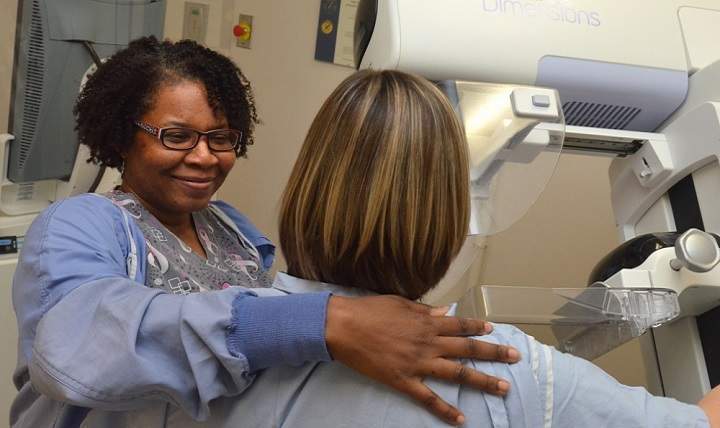
With today’s increase in life expectancy, women are likely to spend at least a third of their lives in their post-menopausal years. Due to diminishing sex hormones, many will experience debilitating symptoms from hot flushes and night sweats to vaginal atrophy, loss of bone density, and anxiety and depression.
The emergence of hormone replacement therapy (HRT) in the late 1960s was seen as a panacea for the management of menopausal symptoms and big pharma was quick to realise the potential. However, it has been a rocky road beset with problems, some of which have proved costly for the companies involved.
The primary medications used in HRT (for menopause) are the hormones estrogen and progestogen. Unopposed estrogen therapy has been associated with a thickening of the uterine lining (in women who have not had hysterectomies), which can lead to uterine cancer, but the addition of progestogen reduces this risk.
Safety concerns: renewing confidence in HRT treatments
Early forms of HRT contained a patented form of synthetic progestogen (progestin) combined with estrogens derived from horse urine. Prempro, developed by pharma giant Wyeth, contained progestin and Premarin (produced from three equine forms of estrogen). While the drug proved successful in relieving the menopausal symptoms of millions of women, its long-term effects were unknown. It wasn’t until the early nineties that safety concerns began to arise; a 1991 study by the Women’s Health Initiative (WHI), and the UK-based Million Women Study (1996) both identified an increased rate of breast and ovarian cancer in women taking certain forms of progestin and Premarin. The media were quick to highlight the findings and women stopped taking HRT drugs en masse.
Wyeth faced thousands of lawsuits over its HRT drug, including a landmark case in 2007 when a US court ruled that a woman’s breast cancer had been caused by Prempro. A string of trials resulted in the company being sued for up to $20m in damages, though it went on to win some of these cases on appeal. Pfizer inherited many of these lawsuits following its $68bn acquisition of Wyeth in 2009.
As a result, big pharma began to re-think HRT, preferring to use bio-identical estrogens (such as estradiol) in pipeline products, combined with newly-developed synthetic progestogens including dydrogesterone and norethisterone. A greater range of products and drug-delivery systems were also introduced offering systemic HRT via oral and dermal methods, and topical estrogen products at smaller ‘safer’ dosage levels for vulval and intra-vaginal use. Janssen’s Evorel skin patches and Novo Nordisk’s Vagifem pessaries are two examples of products that have enjoyed global success post-Prempro, though they have not been without issue. Both products have suffered from supply-chain shortages and in 2016 Novo Nordisk was criticised by patient and industry groups for introducing a 200% rise in the price of Vagifem.
More recent research by the WHI, and a 2016 study by the Institute of Cancer Research in London, is more reassuring about the cancer risks associated with HRT. The risk of developing breast cancer is four times higher in women who are overweight than in those taking HRT. More balanced and positive media commentary on the topic has bolstered public confidence and this controversial therapy continues to be a growing area of development for big pharma.
Novel products, biosimilars and bio-identicals
In response to safety concerns (albeit fewer than in previous decades) a number of physicians and health practitioners now offer entirely bio-identical HRT (containing hormones similar to those in the human body and derived from plants). Most HRT prescribed on the NHS is synthetic (at least in terms of the progestogen content) but this may be set to change, with big pharma beginning to optimise the trend.
For many years, the pharmaceutical industry was against bio-identical hormones (BHRT), citing safety concerns over their efficacy and safety. Historically, these medications have been compounded in pharmacies from separate components and dosage levels are less formally regulated, prompting drug companies to petition the US Food and Drugs Administration (FDA) to remove them from the market. The FDA has warned some compounding pharmacies not to make misleading claims about BHRT medications as they have not yet been subject to rigorous scientific trial testing.
Yet BHRT is now big news in pharma. TherapeuticsMD (TXMD) is a relatively new company developing bio-identical, natural products which it hopes will revolutionise the marketplace. By way of interest, TXMD’s leadership team includes members who previously worked on HRT products as part of Pfizer/Wyeth.
The TXMD pipeline is focused on novel hormone therapies IMVEXXY, Rejoice and Replenish. IMVEXXY offers the lowest approved dose of intra-vaginal estradiol in its therapeutic class, and Rejoice and Replenish will utilise the company’s proprietary SYMBODA technology and related products.
The company claims that its SYMBODA technology ‘is identical in chemical structure to the estradiol and progesterone that women naturally produce’ and ‘is unique because it enables partial or complete solubilization of progesterone or estradiol into medium-chain oils often derived from coconut oil. This allows for the production of cohesive, stable formulations, and provides content uniformity and accuracy of dosing.”
A number of HRT biosimilars have also entered the marketplace, notably two generic forms of Vagifem – one from Teva and another, called Yuvafem, from Amneal. Novo Nordisk has not increased the price of Vagifem since the arrival of biosimilars in 2016 – competition from generics may prove to be good news for customers in terms of cost and supply shortages.
The future of HRT
It is perhaps no surprise that pharmaceutical companies are reticent in offering speculative comment on the future of the HRT. Given the area’s difficult history and the media’s ongoing conversation about safety that refuses to recede, no-one wants another Prempro-style court action on their hands.
However, big pharma are quietly confident about novel HRT products and new biosimilars entering the market, and by turning BHRT into a regulated commercial option, the industry is capitalising on public demand for ‘natural’ and ‘safer’ hormone products.



